
How to Withdraw Cash from Your Credit Card at an ATM: Step-by-Step Instructions
27 Nov 2023
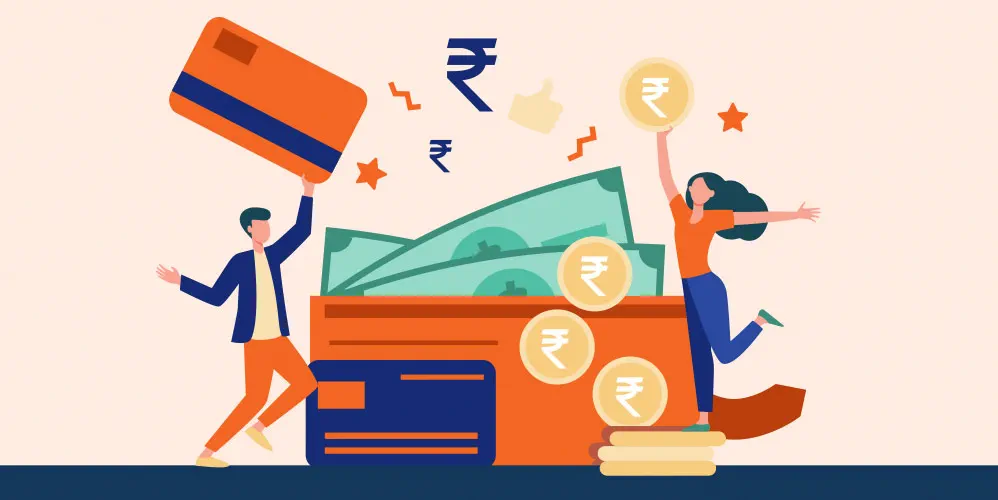
Table of Content
Credit cards have become an essential tool for managing our finances in today's fast-paced society. They offer convenience, security, and a multitude of benefits. While most of us are familiar with using credit cards for purchases, many are unaware of an additional feature they possess: the ability to withdraw cash at an ATM. In this article, we'll explore the step-by-step instructions on how to unlock this hidden potential and access cash from your credit card. We'll also delve into the benefits, potential pitfalls, and alternative options to help you make the most of your cash withdrawal.
Step-by-Step Instructions on How to Use Your Credit Card at an ATM
- Check your available credit: Before proceeding with a cash withdrawal, it's crucial to review your latest account statement to determine how much money is available for you to withdraw. Keep in mind that this amount can vary based on your card's spending limit or cash advance limit.
- Locate an ATM: Find a nearby ATM that accepts credit card transactions. These machines are commonly available at banks, convenience stores, and other public locations.
- Insert your credit card: Once you've located a suitable ATM, insert your credit card into the designated slot. Ensure that you insert it with the chip or magnetic stripe facing the appropriate direction as indicated on the machine.
- Enter your credit card PIN: To proceed with the transaction, you will need to enter your credit card PIN. If you don't know your PIN or haven't set one up, you can call the number on the back of your card for assistance.
- Select the transaction type: Depending on the options provided by the ATM, select either "cash withdrawal" or "cash advance." Keep in mind that different machines may have slightly different phrasing for these options.
- Choose "credit" over "debit": If prompted to select between "credit" or "debit," opt for the "credit" option. This choice ensures that your transaction is treated as a cash withdrawal rather than a debit card transaction.
- Enter the withdrawal amount: Enter the amount of money you want to withdraw. Be mindful of any daily withdrawal limits imposed by your credit card or the ATM itself.
- Accept applicable fees: Acknowledge and accept any fees associated with the transaction, such as ATM transaction fees and cash advance fees. Familiarize yourself with these fees beforehand to understand the cost implications.
- Complete the transaction: Once you have reviewed the details of your withdrawal and accepted any applicable fees, proceed to finalize the transaction. The ATM will process your request and dispense the requested cash.
- Retrieve your cash: After completing the transaction, remember to retrieve your cash from the ATM. Take a moment to confirm that you have received the correct amount before leaving the machine.
Also Read: How to Insert ATM Card into an ATM Machine?
Benefits and Potential Pitfalls of Using a Credit Card at an ATM
Using your credit card at an ATM to withdraw cash offers several benefits. It provides a convenient way to access funds when you need physical currency and can be especially useful in emergencies. Additionally, using a credit card for cash withdrawals allows you to leverage the existing credit limit on your card, offering flexibility in managing your finances.
However, it's important to be aware of potential pitfalls. Credit card cash advances often incur higher interest rates than regular purchases, and interest begins to accrue immediately upon withdrawal. Furthermore, some credit cards may impose additional cash advance fees, making this method more expensive compared to other alternatives.
Tips for Making the Most of Your Cash Withdrawal
To ensure a smooth and cost-effective experience when using your credit card at an ATM, consider the following tips:
- Familiarize yourself with your credit card's terms and conditions regarding cash withdrawals, including any associated fees and interest rates.
- Plan ahead and withdraw only the amount of cash you need to minimize interest charges and fees.
- Regularly review your credit card statements to stay aware of any outstanding balances from cash advances and to manage your overall credit utilization effectively.
- Consider alternative options such as debit card cash withdrawals, peer-to-peer payment apps, or requesting a personal loan if you anticipate needing cash frequently or in larger amounts.
Also Read: How To Withdraw Cash From ATM ? - Step By Step Guide
Alternatives to Using a Credit Card at an ATM
While credit card cash withdrawals can be convenient, there are alternative methods worth exploring:
- Debit card cash withdrawals: If you have a checking account, utilizing a debit card at an ATM can provide you with direct access to your own funds without incurring cash advance fees or higher interest rates.
- Peer-to-peer payment apps:Several digital payment platforms allow you to send money to friends or family who can then withdraw the funds for you. This method can be useful when you need cash but don't have access to an ATM or prefer to avoid cash advance fees.
- Personal loans: Depending on your financial situation and creditworthiness, applying for a personal loan from a reputable financial institution might offer a lower-interest alternative to credit card cash advances.
Conclusion
Knowing how to withdraw cash from your credit card at an ATM can be a valuable skill to have when you find yourself in need of physical currency. By following the step-by-step instructions outlined in this guide, you can navigate the process with confidence. Remember to consider the benefits and potential pitfalls associated with credit card cash advances, and explore alternative options to find the most suitable method for your financial needs. By being proactive and well-informed, you can make the most of your cash withdrawals while effectively managing your credit card usage.
Popular Articles
Tag Clouds
Related Articles
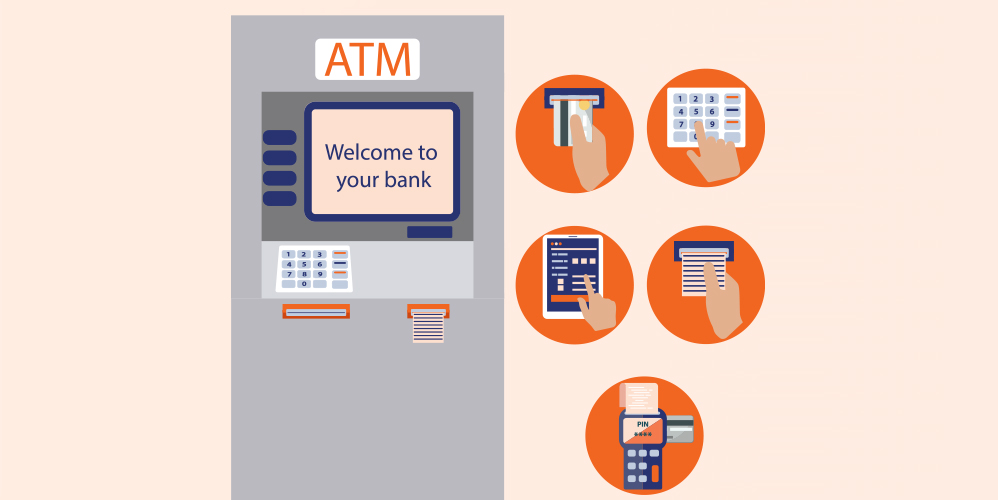

The Importance of Pension Funds: Secure Your Future with Steady Retirement Income

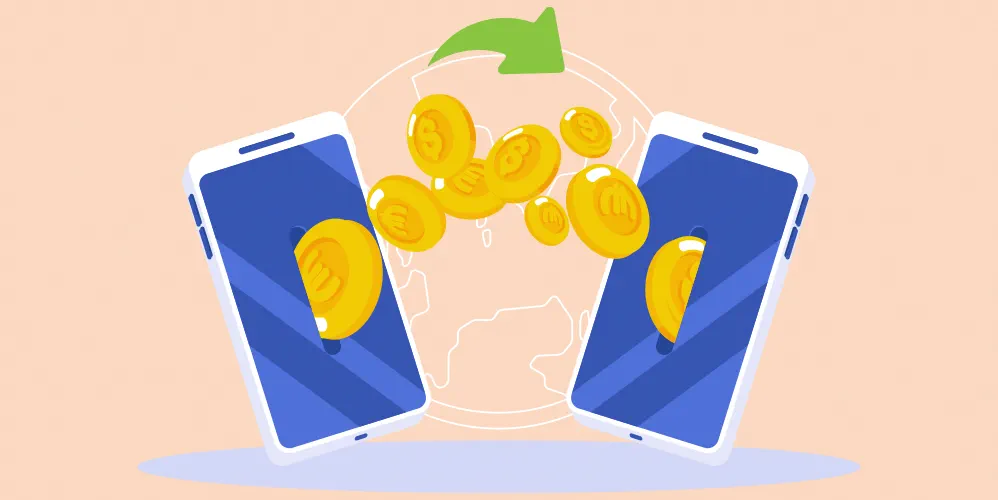

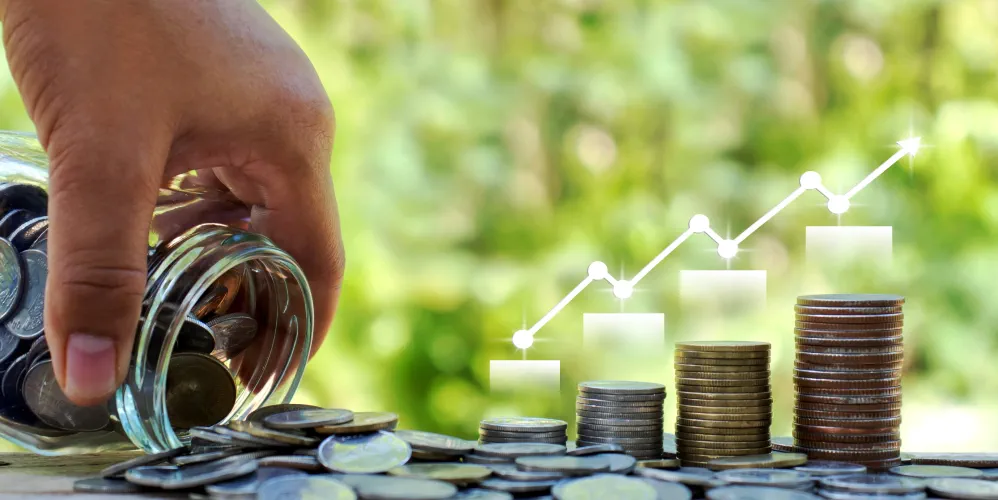
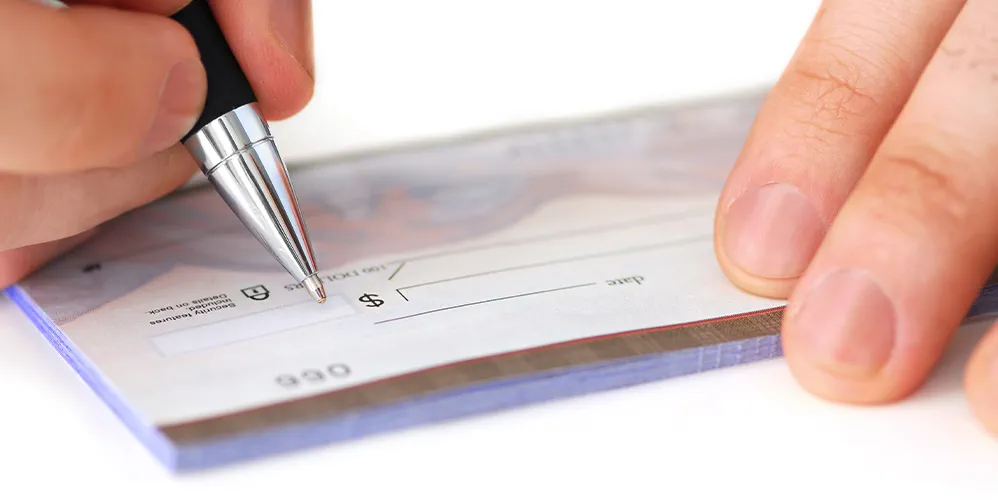



-
Disclaimer
The contents of this article/infographic/picture/video are meant solely for information purposes and do not necessarily reflect the views of Bank of Baroda. The contents are generic in nature and for informational purposes only. It is not a substitute for specific advice in your own circumstances. Bank of Baroda and/ or its Affiliates and its subsidiaries make no representation as to the accuracy; completeness or reliability of any information contained herein or otherwise provided and hereby disclaim any liability with regard to the same. The information is subject to updation, completion, revision, verification and amendment and the same may change materially. The information is not intended for distribution or use by any person in any jurisdiction where such distribution or use would be contrary to law or regulation or would subject Bank of Baroda or its affiliates to any licensing or registration requirements. Bank of Baroda shall not be responsible for any direct/indirect loss or liability incurred by the reader for taking any financial decisions based on the contents and information mentioned. Please consult your financial advisor before making any financial decision.
Step-by-Step Guide: How to Insert ATM Card into an ATM Machine?
Learn how to securely insert your ATM card into an ATM machine with the Bank of Baroda step-by-step guide. Discover why it is important to insert your card, the processes that occur during card insertion, and essential safety tips for using ATMs.
What is Digital Rupee and how does it work
Learn what the Digital Rupee is, why it's being introduced, how it works, the types of Central Bank Digital Currency (CBDCs), and how to acquire it. Gain a better understanding of digital currency at Bank of Baroda.


Leave a Comment
Thanks for submitting your details.